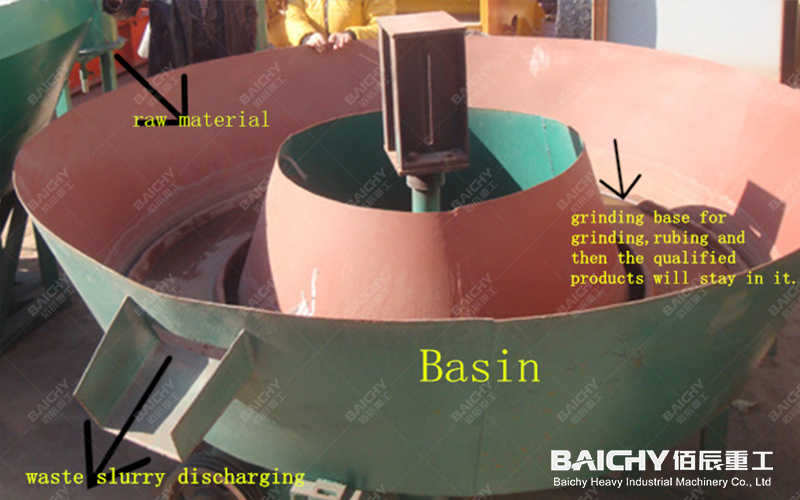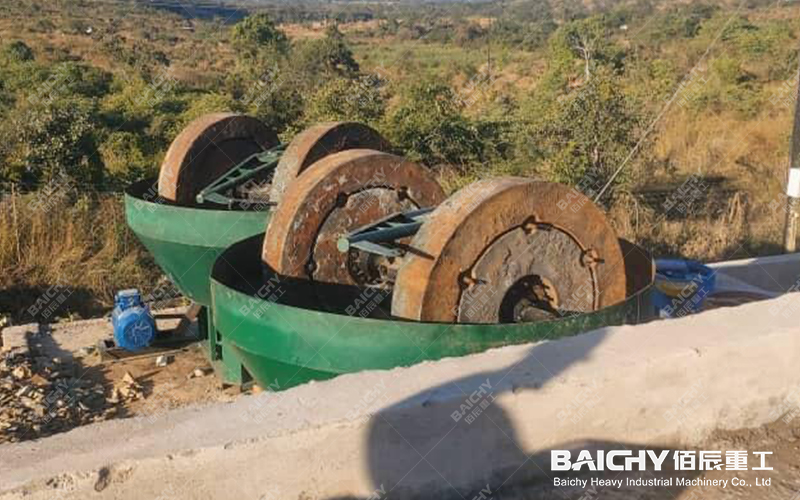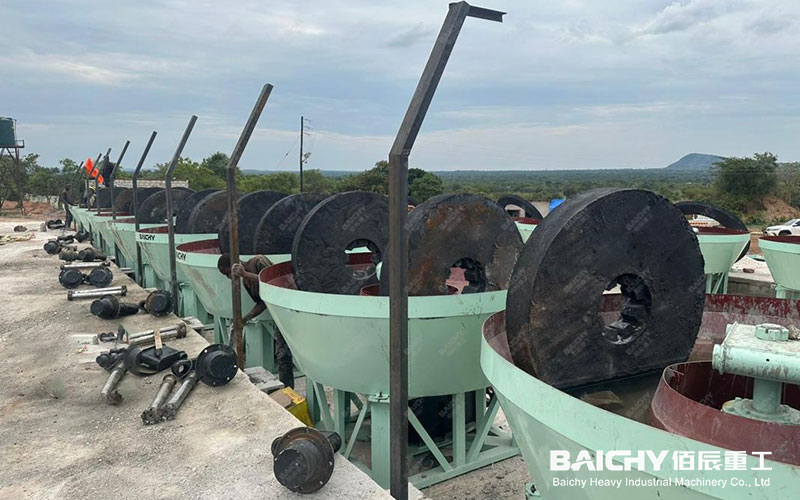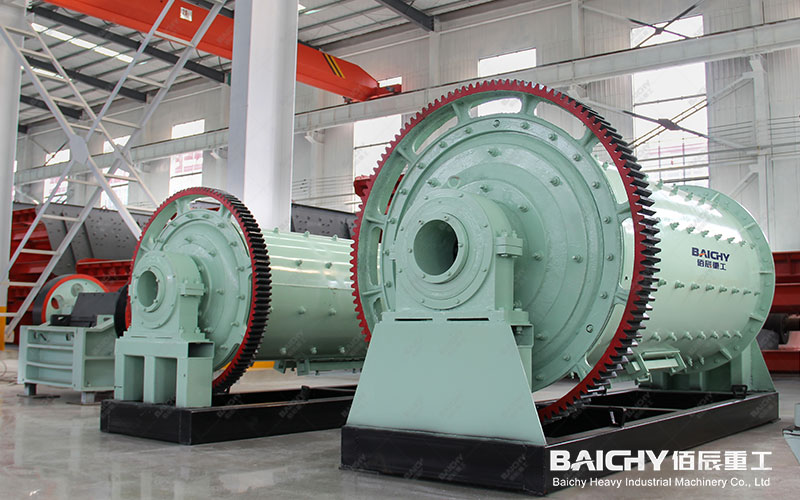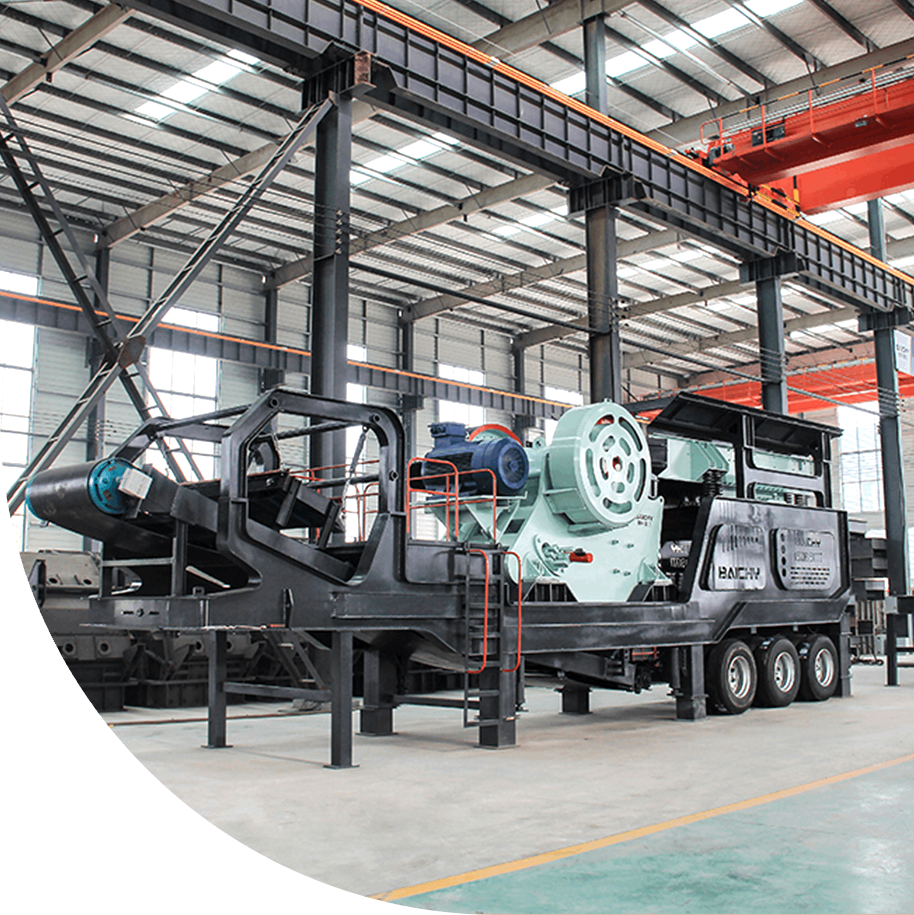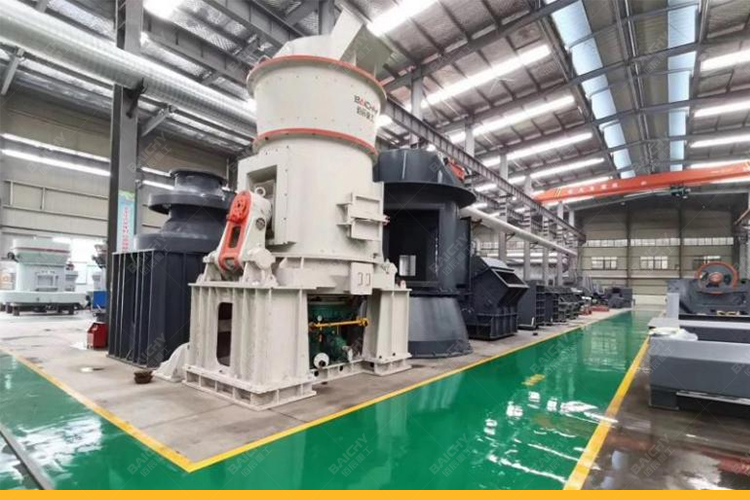
As an efficient grinding equipment, vertical grinding mill has many obvious advantages, but it also has some possible disadvantages. The following is a detailed analysis of the advantages and disadvantages of vertical roller mills:
Advantage:
Low comprehensive investment: The vertical mill integrates crushing, drying, grinding, powder selection, and transportation. It has a simple system, compact layout, small footprint, and can be arranged in the open air, which greatly reduces investment costs.
Low operating cost: The vertical grinding mill has high grinding efficiency. It uses grinding rollers to directly grind the materials on the grinding disc. It has low energy consumption. Compared with the ball mill system, it can save 30% to 40% of energy consumption. At the same time, the grinding wheels and grinding discs are made of special materials, resulting in less wear and long service life, further reducing operating costs.
Easy maintenance: The vertical mill can greatly reduce downtime losses by repairing the oil cylinder, turning the boom, and replacing the roller sleeves and liners quickly and easily.
High-quality finished products: The residence time of materials in the mill is short, reducing repeated grinding, which helps detect and control product particle size and chemical composition, thereby stabilizing product quality.
Good environmental performance: the vertical grinding mill has small vibration and low noise, the entire equipment is sealed, the system works under negative pressure, there is no dust spillage, the environment is clean, and it meets national environmental protection requirements.
Shortcoming:
High technical requirements for operation: Although the vertical mill has been designed and manufactured to simplify the operation as much as possible, due to its complex mechanical structure and grinding principle, the operator still needs to have a certain technical level and experience, otherwise It may affect the normal operation of the equipment and the grinding effect.
Limited adaptability to materials: Although the vertical mill can handle a variety of materials, for some materials with specific properties, such as materials with excessive hardness or excessive humidity, special pretreatment or adjustment of equipment parameters may be required. This may increase the complexity of the operation to a certain extent.
Maintenance costs may be higher: Although vertical grinding mills have a long service life of worn parts, due to their high efficiency and complex mechanical structure, they may require higher quality maintenance parts and more frequent maintenance services, which may cause an increase in costs.
In summary, Industrial Roller Mills have significant advantages in terms of comprehensive investment, operating costs, maintenance convenience, finished product quality, and environmental performance, but there are also some challenges in terms of operating technical requirements, material adaptability, and maintenance costs. When choosing to use a vertical mill, comprehensive considerations need to be made based on specific production needs, material properties, and technical conditions.




